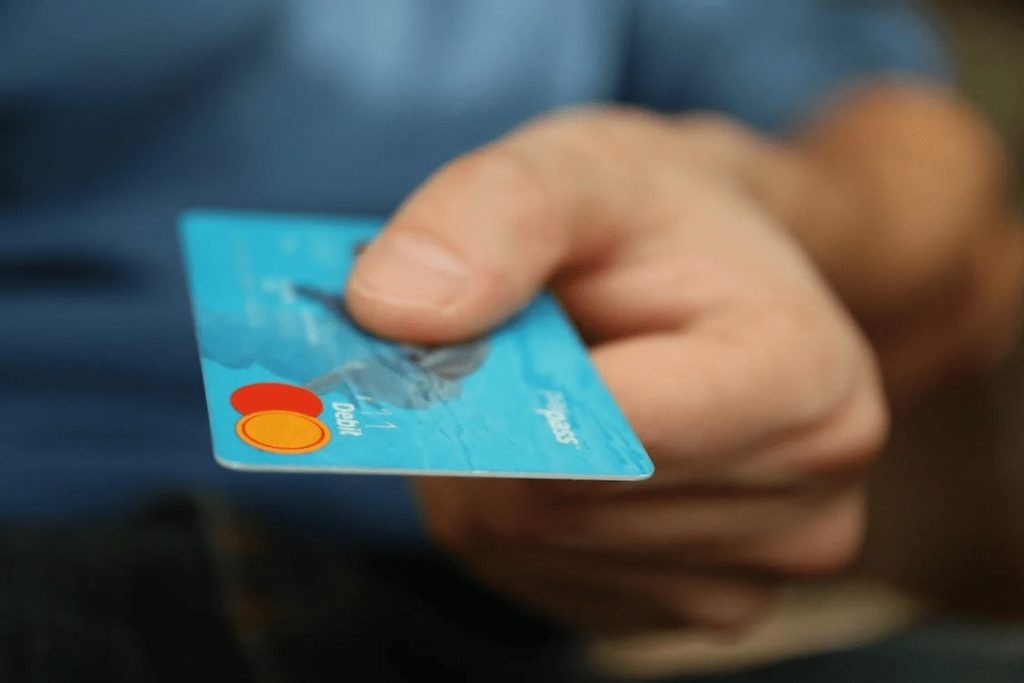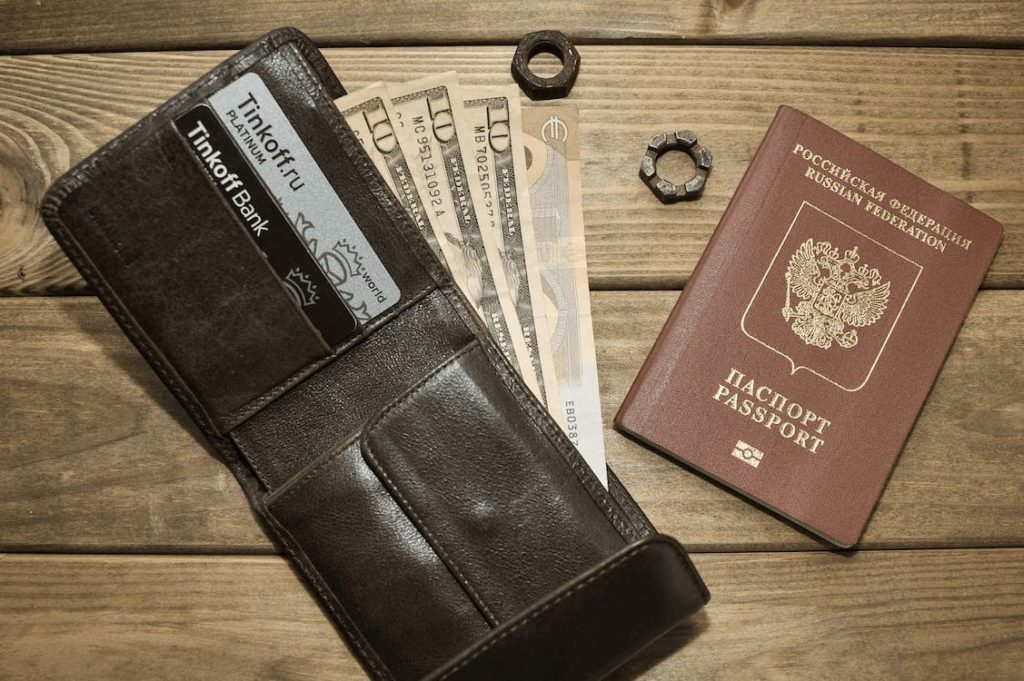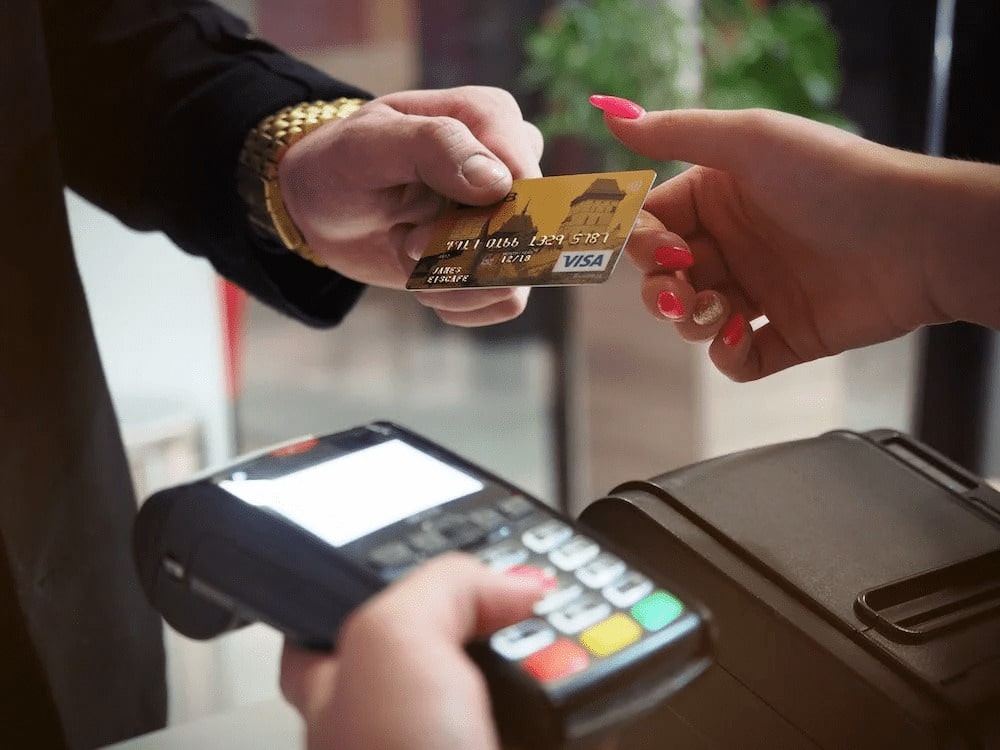Do you have a bank account? If so, then you may have heard of something called an IBAN. An IBAN of bank, or International Bank Account Number, is a unique identifier for your bank account for international transactions. IBANs are essential because they help to ensure that international payments are processed quickly and accurately. Banking API can also help us get such details faster.
In this article, you’ll learn more about an IBAN, how it works, and why you need one for your bank account. Whether you’re a frequent traveler or want to understand international banking, understanding IBANs is an important step. So, let’s begin our journey to learn about the IBAN of banks.
How Is IBAN Structured, And What Does Each Section Mean?
The International Bank Account Number (IBAN) is structured into sections that provide information about the country, bank, branch, and account numbers. The first two letters represent the country code, followed by two digits for the check digits.
Next, the bank and branch codes are represented by up to four letters and digits.
Finally, the account number is included, which can be up to thirty digits long. Each section of the IBAN serves a specific purpose and ensures that international transactions are processed accurately and efficiently.

Differences Between IBAN And Other Bank Account Numbers
There are some critical differences between IBANs and other bank account numbers. Here are a few:
International Use
IBANs are used for international transactions, while other bank account numbers may only be used domestically.
Structure
The structure of an IBAN is standardized and includes specific information about the country code, bank code, branch code, and account number. In contrast, other bank account numbers may not have a standardized structure.
Length
IBANs are typically longer than other bank account numbers. For example, a typical IBAN can be up to 34 characters long, while other bank account numbers may be much shorter.
Check Digits
IBANs have check digits that are used to ensure the accuracy of the account number, and other bank account numbers may not have this feature.
Processing Time
International transactions using IBANs are generally processed more quickly than those using other bank account numbers.

Why Do You Need An IBAN For Your Bank Account?
You need an IBAN for your bank account to receive or send international payments. An IBAN is a unique identifier for your bank account that helps to ensure that international payments are processed accurately and efficiently.
International payments may be delayed, rejected, or subject to additional fees without an IBAN. Some banks and financial institutions may also require an IBAN for certain international transactions. Having an IBAN for your bank account can also help to reduce the risk of errors
Benefits Of Using IBAN For International Transactions
There are several benefits of using an IBAN for international transactions. Here are a few:
- IBANs are designed to be unique identifiers for bank accounts, which helps to ensure that international transactions are processed accurately and efficiently.
- IBANs can speed up the processing time for international payments by providing a standardized way to identify bank accounts across different countries.
- By using an IBAN for international transactions, you may be able to reduce the fees associated with international payments.
- IBANs provide a transparent and standardized way to identify bank accounts, making sending and receiving international payments easier.
- IBANs are recognized and used in more than 70 countries worldwide, meaning they are a widely accepted standard for international payments.
- IBANs include check digits that are used to ensure the accuracy of the account number, which can help to reduce the risk of errors in international payments.

How To Find Your IBAN?
There are several ways to find your IBAN. Here are a few:
- Your IBAN should be listed on your bank statement, which you can typically access through your online banking account or by contacting your bank.
- If you have online banking, you can typically find your IBAN by logging into your account and viewing your account details.
- Many banks have mobile banking apps that allow you to view your account details, including your IBAN.
- If you cannot find your IBAN through any of the above methods, you can contact your bank directly, and they should be able to provide you with your IBAN.
- Your IBAN may be printed on the check or the accompanying deposit slip if you have a checkbook.

How To Generate An IBAN If You Don’t Have One Yet?
Here are the four ways to generate an IBAN:
- The first step is to contact your bank and request an IBAN for your account. They should be able to provide you with the necessary information and guidance to generate an IBAN.
- If your bank does not provide an IBAN generator, several online tools can help you generate an IBAN. Search for “IBAN generator” in your preferred search engine and choose a reputable tool.
- Once you have generated an IBAN, it’s important to double-check the number’s accuracy to ensure it is correct. This can be done using an IBAN checker tool or by contacting your bank to confirm the number.
- Once you have a valid IBAN, it’s important to update your banking information with any parties to which you may be receiving or sending international payments, such as clients or vendors.

Tips For Double-Checking Your IBAN To Ensure Accuracy
Double-checking your IBAN is essential to ensure that international payments are processed accurately and efficiently. Here are some tips to help you double-check your IBAN to ensure accuracy:
- Make sure that it has the right length.
- Check the format and ensure that you are using a standard format.
- Use an IBAN checker tool
- Check the check digits
- Contact your bank
What Is Bank Data API By API Layer?
The Bank Data API is a REST API that checks and validates IBAN and SWIFT numbers. With this API, you can get IBAN examples and structure by country, required fields for generating IBANs, banks by country, and all major banks and SWIFT codes. Developers can integrate these functionalities into their apps using Bank Data API.
Additionally, the API is designed with security and compliance in mind, ensuring that data is transmitted and stored securely and complies with industry regulations.

Final Thoughts
Having an IBAN for your bank account is crucial for international transactions. Generating and verifying your IBAN can be done quickly through your bank or online tools, saving time and money in the long run.
FAQs
What Is an Example of a Banking API?
An example of a banking API is the Open Banking API, launched by the UK government to increase competition and innovation in the banking industry. This API allows authorized third-party providers to access financial data and services from participating banks with the user’s consent.
Do All Banks Have APIs?
No, not all banks have APIs.
How Is API Used in Open Banking?
APIs are critical in Open Banking by enabling secure and standardized data sharing between banks and third-party providers.
What Are the Benefits of API Banking?
- Increased Efficiency
- Enhanced Customer Experience
- Improved Access to Financial Services






0 Comments